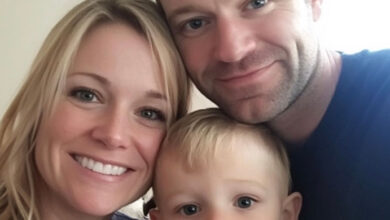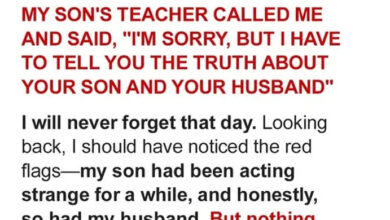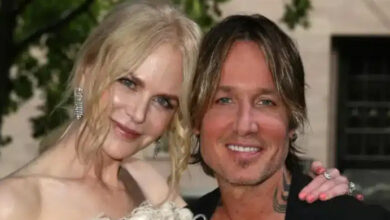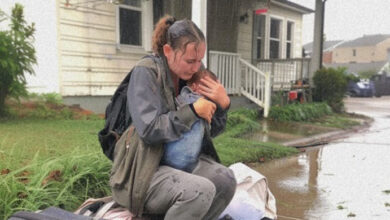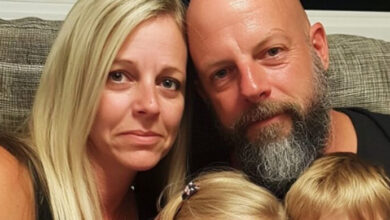US Farmers Are Making These Giant Holes in Their Cows. The Reason? Weird Yet Helpful
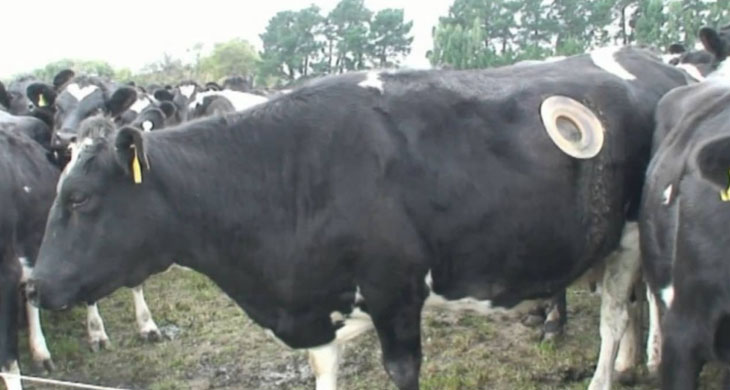
Sustainable farming has become increasingly prevalent, emphasizing environmentally friendly practices and organic yields. In the US, a peculiar but successful sustainable farming technique involves organic dairy farmers creating large holes in their cows. While visually unsettling, these holes expose the cow’s stomach, serving a purpose known as fistula.
Fistula is employed by scientists to monitor the cow’s digestion process. Despite its unusual appearance, the cows don’t seem bothered, and it contributes to their well-being. After the cows are fed, scientists use the fistula to physically reach into the cow and assess the consistency of digestion, providing valuable insights into their digestive processes.
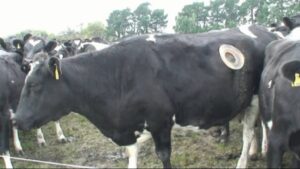
This practice enables scientists to observe how the food is digested, contributing to a better understanding of the cows’ digestive systems. Notably, the cows show no signs of distress during this process. Moreover, the fistula allows for direct administration of medicine to the stomach when a cow falls ill, streamlining veterinary care and potentially enhancing the cow’s health and longevity.
While the sight of these stomach-exposing holes may be unsettling, proponents argue that the benefits to both scientific understanding and the well-being of the cows make it a justified sustainable farming practice. It exemplifies a unique approach to balancing agricultural productivity with ethical and environmental considerations.
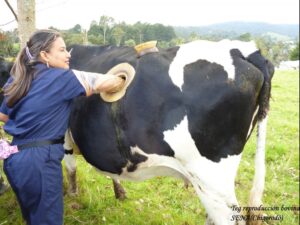
The debate on whether this practice is ethical or not invites various perspectives. Some may argue that the potential benefits to the cows and advancements in agricultural knowledge justify the procedure. Others may find it discomforting, questioning the aesthetics and ethics of such interventions in animal farming. The discussion about the acceptability of these practices in sustainable farming continues, prompting a reflection on the delicate balance between agricultural innovation and ethical treatment of animals.
